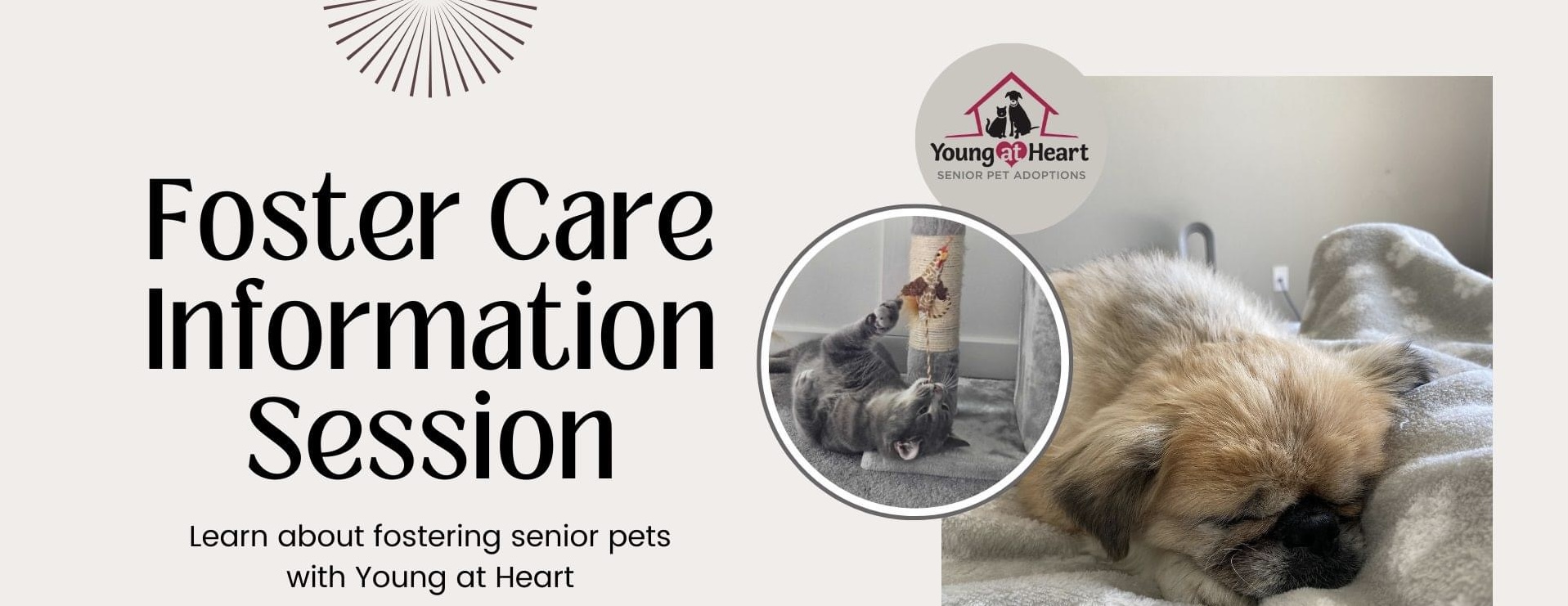Understanding the Waiting Period for Pet Insurance: What You Need to Know Before You Buy
#### Description:When considering pet insurance, one crucial aspect that every pet owner should understand is the **waiting period for pet insurance**. This……
#### Description:
When considering pet insurance, one crucial aspect that every pet owner should understand is the **waiting period for pet insurance**. This term refers to the specific time frame after purchasing a policy during which certain conditions or illnesses are not covered. Knowing the ins and outs of this waiting period can significantly impact your decision-making process and ultimately your pet's health and financial security.
#### What is the Waiting Period?
The **waiting period for pet insurance** varies by provider and policy type. Typically, it can range from a few days to several weeks. For instance, many companies impose a waiting period of 14 days for accidents and illnesses, while hereditary or congenital conditions may have longer waiting periods, sometimes up to 12 months. Understanding these timelines is essential because if your pet develops a condition during the waiting period, you may be left to cover the costs out of pocket.
#### Why Waiting Periods Exist
Insurance companies implement **waiting periods for pet insurance** to prevent fraud and ensure that pet owners do not purchase insurance only when they anticipate needing it. For example, if a pet owner knows their pet is ill, they might rush to buy insurance to avoid paying for treatment. The waiting period acts as a safeguard for insurance providers, allowing them to manage risk effectively.
#### Types of Waiting Periods

Different types of policies may have varying **waiting periods for pet insurance**:
1. **Accident Waiting Period**: This is typically the shortest waiting period. Most companies will cover accidents within a few days of the policy start date.
2. **Illness Waiting Period**: This is generally longer, often around 14 days. During this time, any illness that develops will not be covered.
3. **Hereditary Conditions**: Some policies may have extended waiting periods for hereditary or congenital conditions, which can take up to a year.
4. **Wellness Plans**: These plans usually do not have a waiting period as they cover routine care and preventive treatments.

Understanding these different types of waiting periods can help you choose the right policy for your pet's needs.
#### How to Navigate Waiting Periods
To make the most of your pet insurance, consider the following tips regarding the **waiting period for pet insurance**:
- **Purchase Early**: If you’re thinking about getting pet insurance, it’s wise to purchase it when your pet is healthy. This way, you can avoid any potential gaps in coverage due to waiting periods.
- **Read the Fine Print**: Always read the policy details carefully. Understanding the specifics of the waiting period for your chosen plan can save you from unexpected expenses later on.

- **Consult with Your Vet**: If you have concerns about your pet's health, consult your veterinarian before purchasing insurance. They can provide insights into potential conditions that might affect your choice of policy.
#### Conclusion
In summary, the **waiting period for pet insurance** is a critical factor that every pet owner should understand. By being informed about the various types of waiting periods and their implications, you can make a more educated decision when selecting a policy for your beloved pet. The right insurance can provide peace of mind, knowing that you are prepared for the unexpected, but only if you are aware of and navigate the waiting periods effectively. Remember, investing time in understanding your policy can lead to better protection for your furry friend in the long run.